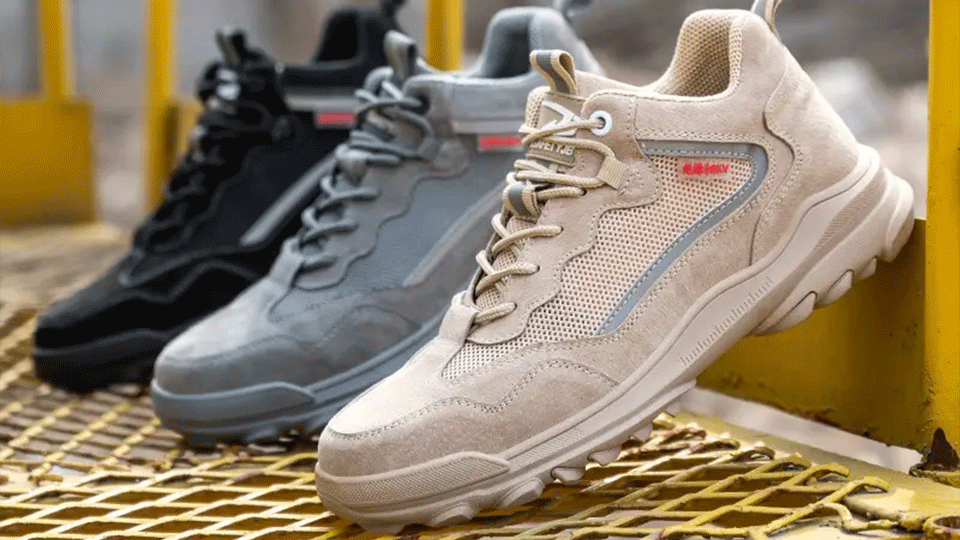

The importance of safety shoes in a wide range of industries cannot be overstated. They offer protection against numerous workplace hazards like falling objects, punctures, and electrical shocks. However, like all protective equipment, safety shoes have a finite lifespan. The life expectancy of safety shoes is influenced by several factors, including the quality of materials, frequency of use, work environment, and maintenance practices.
The materials used in the production of safety shoes play a substantial role in determining their lifespan. Safety shoes are typically made from durable materials such as leather or tough synthetic fabrics that can withstand significant wear and tear. These materials should be resistant to cuts, abrasions, and punctures. In addition, safety shoes often incorporate other elements like steel or composite toe caps and soles made from rubber or polyurethane. These additional components add to the overall durability of the shoes. However, even with the best materials, safety shoes will degrade over time, particularly when exposed to harsh work environments.
The frequency of use is another significant factor in determining the life expectancy of safety shoes. Shoes used daily in demanding environments will wear out faster than those used intermittently or in less harsh conditions. For instance, if you are wearing your safety shoes every day in a construction site or a similar setting, they could last anywhere from six months to a year. In contrast, shoes used occasionally or in less demanding environments may last several years.
The work environment can significantly affect the lifespan of safety shoes. High-risk areas with many potential hazards, like construction sites or metal factories, can cause safety shoes to deteriorate faster. In addition, exposure to harmful chemicals, extreme temperatures, and water can degrade the materials of safety shoes, further reducing their lifespan. For example, safety shoes used in chemical plants or food processing industries, where they are frequently exposed to corrosive substances or intense cleaning processes, may need to be replaced more frequently.
Maintaining safety shoes properly can greatly extend their life. This includes regular cleaning, appropriate storage, and carrying out minor repairs when needed. For example, removing dirt and grime can prevent the materials from degrading, while applying a conditioner can keep leather shoes supple and resistant to cracks. Storing safety shoes in a dry, cool place can also prevent damage from excessive heat and humidity.
While safety shoes will inevitably need replacing at some point, there are steps that can be taken to prolong their life. In addition to regular cleaning and maintenance, using protective sprays or creams can help maintain the integrity of the materials. Using appropriate socks can also help, as they can reduce the impact of perspiration, which can degrade the interior of the shoes over time. Changing the insoles regularly can also extend the life of your safety shoes, as the insole absorbs much of the impact when walking or running.
While it's essential to extend the life of safety shoes as much as possible, it's equally important to understand when they need replacing. Overworn safety shoes may not provide the necessary level of protection, increasing the risk of workplace injuries. Therefore, regularly inspect your shoes for any signs of excessive wear and tear, and replace them when necessary. It's always better to be safe than sorry.
In conclusion, the life expectancy of safety shoes can vary greatly, depending on a variety of factors. By understanding these factors and taking appropriate steps, you can ensure your safety shoes last as long as possible while continuing to provide the protection you need.